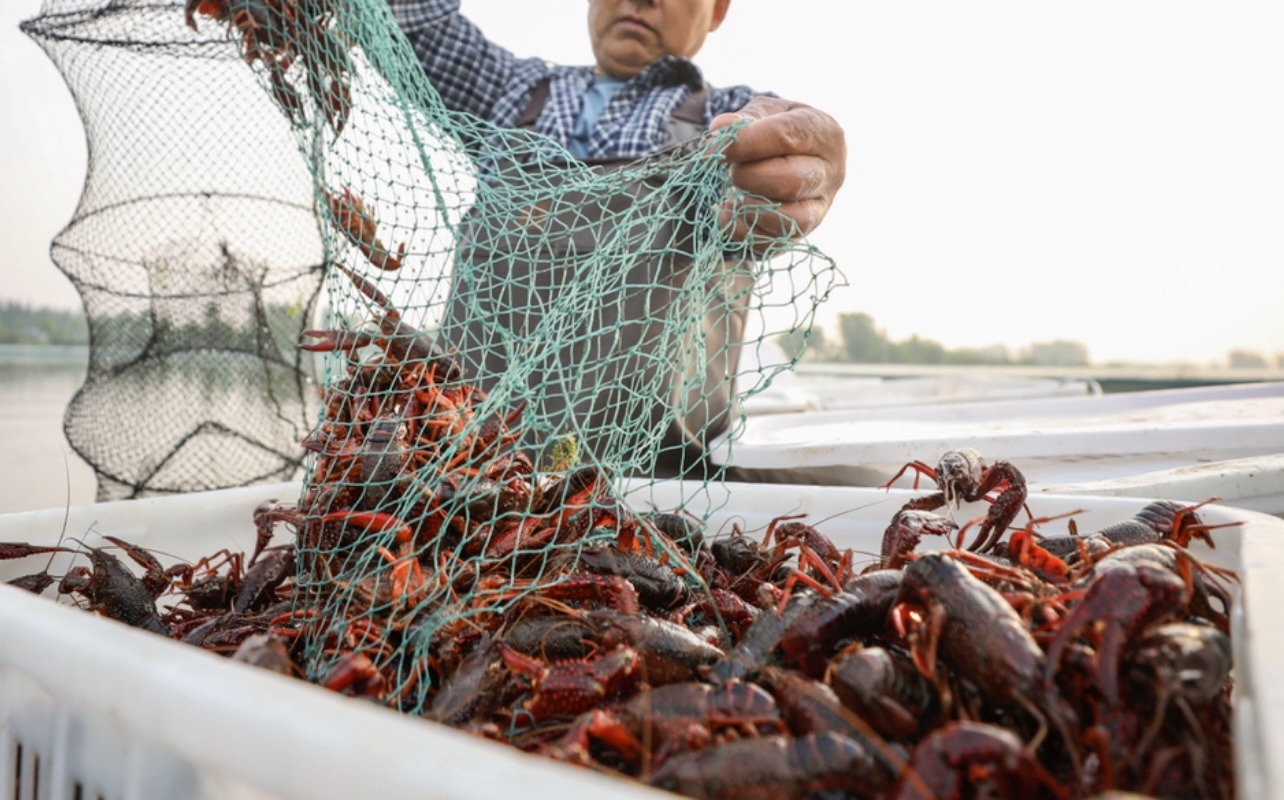
May 28, 2024
Decreased Crawfish Harvest Could Foreshadow Grim Future
According to the Louisiana State Agricultural Center, a drought in 2023 has affected the crawfish haul, and a future drought could have a disastrous effect on the state’s and by extension, the nation’s crawfish industry.
The higher prices consumers have paid during the 2023-2024 crawfish season may become a normal occurrence over the next few years as the crawfish shortage in Louisiana, where the majority of America’s “mud-bugs” are sourced, continues to rage on.
As Fox 5 reported, although the United States Department of Agriculture approved emergency funding for crawfish farmers and fishermen, that funding will not be enough to alleviate the 50-90% shortage across the State of Louisiana.
According to the Louisiana State Agricultural Center, a drought in 2023 has affected the crawfish haul, and a future drought could have a disastrous effect on the state and, by extension, the nation’s crawfish industry.
“Louisiana’s crawfish aquaculture industry will experience impacts from the 2023 drought for several seasons before an economic recovery is complete,” the Agricultural Center’s Greg Lutz wrote on TheFishSite.com. “Should drought conditions return before that takes place, the industry will be drastically transformed from the one we have come to know.”
In January, farmers and fishermen were concerned about this year’s harvest, as Josh Trahan, a fifth-generation crawfish farmer, told PBS Newshour. “We just don’t have enough water. Normally, at this time, I’m doing fairly well. I’d be catching at least half a pound to the trap. With 3,000 traps, I can’t catch five pounds. Normally, I’d be pulling 50 to 60 sacks out a day. I mean, there’s nothing.” Trahan said. “We got a lot of things going against us right now. You don’t know what to plan for. For my farm, if I don’t catch any crawfish at all this year, I don’t know what my future is for next year. It’s that big. It’s that detrimental.”
LSU’s AgCenter warned as far back as August 2023 that the drought conditions presented a worrisome prognosis for crawfish production. In a report, they warned, “Expectations of reductions in both the number and size of crawfish harvested would result in lower revenue while increased irrigation demands have and will continue to result in higher production costs.”
Avery Davidson, a communications director for the Louisiana Farm Bureau Federation, told Newshour in January that improved disaster response was critical to ensuring the survival of the crawfish industry in Louisiana. “What would help most to get them through a tough year is having a good year,” Davidson said. “But beyond that, improving disaster programs would go a long way because some farmers are concerned that they’re not going to make it to the next year.”
Another wrinkle in the crawfish shortage has been the emergence of Asian producers of crawfish, which Food & Wine reported are not held to the same safety standards as American crawfish. Those crawfish, they report, are being marketed as Louisiana crawfish and also serve to undercut local producers because they can sell their crawfish for cheaper.
Christopher Bonvillain, an associate professor in the Department of Biological Sciences, who specializes in crawfish at Nicholls State University, told the outlet that the quick fix of farmers pumping water into fields containing crawfish burrows is insufficient. That solution, Bonvillian warned, can also be deadly to the crawfish. In addition, he worried that the increasing climate issues are a harbinger of the new normal of crawfish production. “Climate issues are becoming more common, not less,” Bonvillain said. “Some people think farmers can just manually add water to help the crawfish survive, but that’s expensive, and, also droughts result in higher salinity in much of the state’s water. That will kill the crawfish, too.”
Restaurateurs, like Jason Seither, who owns Seither’s Seafood in Harahan, Louisiana, hope that the industry can find a solution before their way of life and their local traditions, end. “Crawfish aren’t just essential to my restaurant; they’re central to our culture here in south Louisiana,” Seither explained. “And when crawfish prices get as high as they got this season, it threatens an entire way of life.”
Seither continued, “In Louisiana, food is how we gather and how we celebrate. When I was a little kid, my dad and my uncle would host family and neighbors for these big Friday night crawfish boils,” he said. “I watched them build community and make people happy through food. That’s why I wanted to own a restaurant…We have grandparents and grandkids all at the same table, listening to live local music and peeling their crawfish. It’s our tradition down here.”